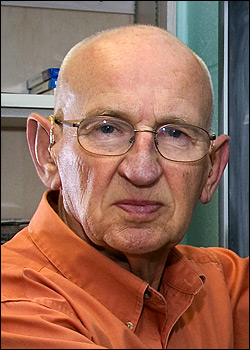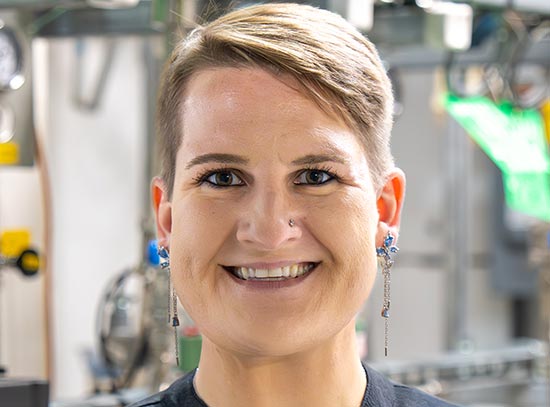Veljko Radeka Wins IEEE Award for Outstanding Contributions to Science
The Head of Brookhaven’s Instrumentation Division will be honored for his work on radiation detectors
August 1, 2012
By Aviva Hope Rutkin
The Institute of Electrical and Electronics Engineers (IEEE) will honor Veljko Radeka, head of the Instrumentation Division at the U. S. Department of Energy’s (DOE) Brookhaven National Laboratory, with the 2013 Marie Sklodowska-Curie Award. This award recognizes outstanding contributions to the field of nuclear and plasma sciences and engineering.
IEEE, which is the world’s leading professional association for the advancement of technology, commended Radeka “for the development of new radiation detectors, electronics, and systems that operate at the fundamental limits of performance, enabling discoveries in many areas of science.” This is only the third year that the Marie Sklodowska-Curie Award has been given.
“I certainly didn’t expect this honor,” Radeka said. “As with previous awards, I must recognize the many colleagues and collaborators that I have been fortunate to work with.”
Radeka first joined Brookhaven’s Instrumentation Division as a visiting scientist in 1962, and has served as the division head for the last forty years. Under his direction, the Instrumentation Division became a leading resource in the Department of Energy for research on radiation detectors and microelectronics, and their work has impacted a spectrum of scientific disciplines.
In the 1970s, Radeka’s team built the first electromagnetic calorimeter, a tool used in accelerators to measure the energy of particles. They later improved upon their design with liquid argon calorimeters. This type of detector is still in use today at laboratories around the globe, including the Large Hadron Collider at the European Center for Nuclear Research (CERN). Radeka continues to explore the use of liquid argon in his current research for the Long Baseline Neutrino Experiment (LBNE), which seeks to measure the properties of neutrinos.
The Instrumentation Division was also responsible for the development of low-noise electronics, which improve the precision of experimental results by eliminating background noise, and positron emission tomography (PET), a technique that uses radioactive tracers to track molecular and biological processes within. Radeka’s team continues to innovate PET technology; they recently developed RatCAP, a miniature PET scanner for rats, and are now working on a breast-imaging device that combines that capabilities of PET and magnetic resonance imaging (MRI).
Radeka earned a Ph.D. in engineering sciences of the University of Zagreb, Croatia, in 1961. He personally holds two instrumentation patents and has authored nearly 200 publications. He is a Life Fellow of IEEE, a Fellow of the American Physical Society, and a recipient of IEEE’s Centennial Medal in 1984 and Harold Wheeler Award in 2009. Radeka will officially receive the Marie Sklodowska-Curie Award in a ceremony later this year.
2012-11440 | INT/EXT | Newsroom










